Natural Curves

Everyone knows the importance of our backs, and how hard it is to function without a healthy back, but why do some have more pain or issues than others? There are numerous reasons to this question but as therapists we constantly talk about posture and alignment because this essentially is the basis for how well we function.
We are born with natural curves in our spines which help the stability and movement of our spine and allow us to take force or load when there is a compression. Think of how much pressure we put on our backs on a daily basis – jumping, sitting, carrying children, walking, then add sports and activities and you start to realize how much impact our bodies are taking. Don’t get me wrong, these activities can be great and very healthy but it is important to think of how hard your body works to do them. Which is why we therapists are always lecturing on the importance of maintaining proper alignment- we want you to go out and play, we just want you to be prepared so you don’t get hurt!
Part of this preparation starts with understanding human anatomy, which in my opinion, we need much more of in our educational system…but that’s another blog! So, for now I’ll explain the curves of the back.
Our neck is called the cervical spine – this should have a curve “in” called a lordosis, then right around the line where our shoulders start is the beginning of our thoracic spine. The thoracic spine should curve “out” to what we call a kyphotic curve. Then at the bottom of our ribs in the back begins our lumbar spine which should curve “in” like the cervical. At the bottom of our spine is the sacrum (the triangular shaped portion) and coccyx (tailbone) which have a kyphotic curve like the thoracic vertebrae. May sound confusing to some but if you picture your spine like a nice rolling hill landscape you’ll get the idea. This shape allows us to have stability and yet be able to maneuver and rotate all while taking impact in those little amazing cushions between the vertebrae we call “discs”. I know our body sounds complicated and it is – but it is truly an amazing machine!
When people start to feel pain it is usually because some part of the spine or ribs attached to it have become misaligned, which can be temporary from an injury or part of repeated bad posture where these natural curves have gone flat – like the prairies- or increased – more like mountains then soft rolling hills.
So that’s the basics of how our spine should look. Please ask your therapists how you line up and work towards getting those natural curves!
Caroline Iwasaki, RMT

About twice a month our therapists will be posting answers to commonly asked questions. So, if you have a burning question that you want answered let us know in the comments below.
We can cover anything ranging from active rehabilitation, to injury prevention.
This week our featured therapist is Caroline Iwasaki. To learn more about Caroline check out our PhysioWorks team.


Leave a Reply